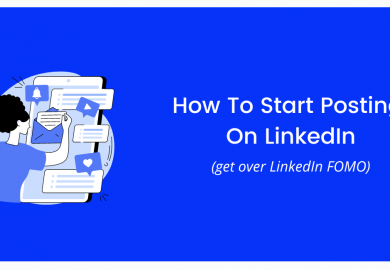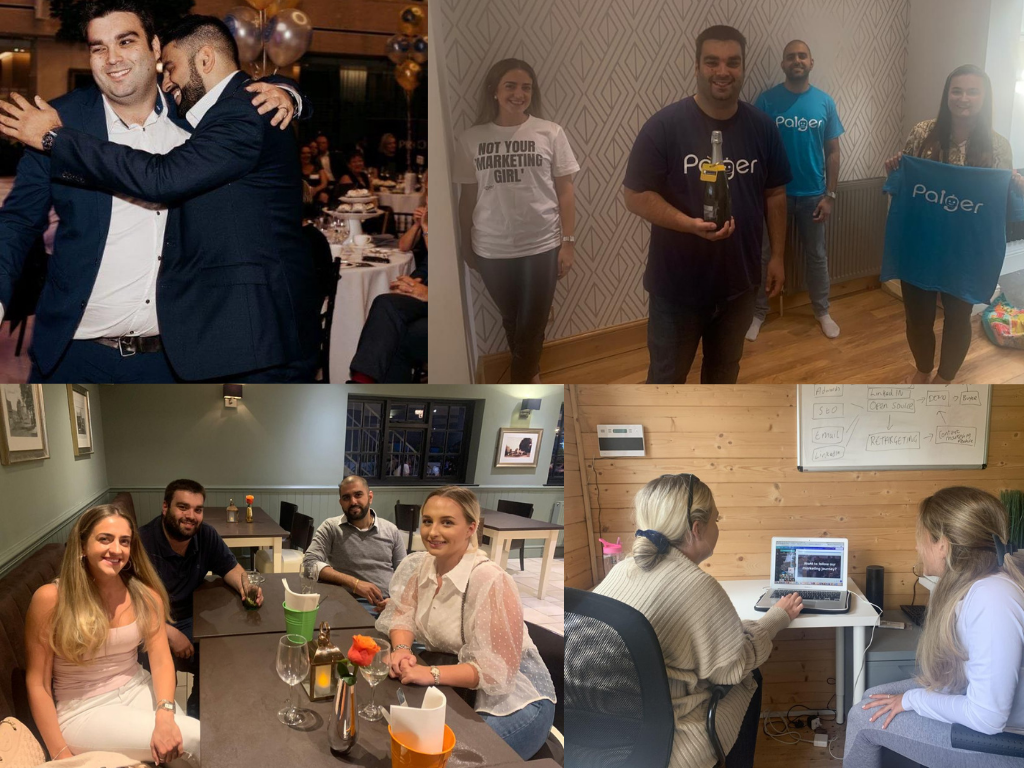3 Steps To Effective Employee Advocacy

It isn’t new information to business owners now that employee advocacy is an absolutely vital part of any business strategy. If you can’t get buy-in from your own employees, how can you expect to get buy-in from clients and customers? Knowing that your staff, no matter what department they work in, are brand ambassadors and genuinely believe in the goals of the company, is essential. But how do you make it happen?
Step 1 - Build A Strategic Employee Advocacy Strategy
Creating an employee advocacy strategy from scratch may sound like an overwhelming task, but it doesn’t need to take months to create. Have a meeting with stakeholders from different levels and departments within the business who will understand, and benefit from, employee advocacy. Ask for their advice and opinions, and devise the first few steps together. That way, when you build out the strategy with more detail, it will all be based around the suggestions from people within the business, based on your specific business needs.
It’s essential that your employee advocacy strategy has some digital elements to it, whether it’s to do with staff sharing posts on LinkedIn, or blogs from your company website. Whatever it is, platforms like Paiger can make the “getting buy-in” stage a lot easier – not only by sharing content on behalf of your employees to maximise the reach but also by generating the content ideas, to begin with.
Step 2 - Train Your Employees
This may sound like an obvious one, but some employers tend to think that sending an office-wide email will do the trick. Creating the strategy is just the beginning; getting everyone on board is the important part.
Whilst creating a new employee advocacy strategy and training existing employees isn’t impossible, it’s far easier to get employees on board from day one. So, make sure you include all your brand information and employee advocacy reasoning as a part of the onboarding or induction process for new starters – that way, it’s on their mind from day one. However, training your existing employees is where you need to focus, as changing people’s ideas or habits isn’t easy.
First of all, ensure in their training that you clarify why employee advocacy is important to the business. Particularly when it comes to sales staff and social advocacy, they may not see the true value in it unless it has their name written all over it. For this reason, you need to have examples to support what you’re trying to achieve. Show them data, such as how many people in their target market will be reached if five, ten or twenty more employees share the company’s marketing content on LinkedIn. Show them how many of their competitors from other businesses are doing the same thing on social media, meaning they could be potentially reaching and speaking to their customer base. If you have evidence to back up why employees need to be brand ambassadors and bang the company drum on social media (as well as on the phone, in email and in person!) it’ll make it far easier to digest in training.
Step 3 - Make It As Simple As Possible
At the end of the day, employees come to work to do one particular job – whether that’s in sales, marketing, IT, finance, admin, HR – they have their role, and they know what they need to do. However, things like employee advocacy strategies, which are applied company-wide, can seem like a time consuming “add-on” to certain workloads – particularly those who are extremely busy and don’t need another task on their to-do list.
For this reason, making online employee advocacy as easy as possible for everyone is absolutely essential. If you are relying solely on goodwill for employees to share every piece of marketing content on social media for the company, you might be waiting a while! Therefore, you need to come up with a solution that’ll make it simple for everyone involved.
Look at it like this. You have two options:
- Every time you share a company blog, an update on LinkedIn, a tweet - you can send an email to everyone, and check every hour to see who has or has not shared the most recent content. Then, you can repeat the same process tomorrow.
- You can use a content sharing platform and do it for them.
Recent Posts
Categories
Check this out
2023 updates and tips to get the maximum reach of your posts
Passive Aggressive Marketing T-Shirts, All For Charity
Learn how a startup is tackling marketing
Featured Posts
Resilience and risk-taking in recruitment: a conversation with Will Pearce
Paiger acquires The Lonely Marketers
The power of the personal brand in recruitment
Archives
- September 2023
- June 2023
- May 2023
- April 2023
- March 2023
- February 2023
- January 2023
- December 2022
- November 2022
- October 2022
- September 2022
- August 2022
- July 2022
- June 2022
- May 2022
- April 2022
- March 2022
- February 2022
- January 2022
- December 2021
- November 2021
- October 2021
- September 2021
- August 2021
- July 2021
- June 2021
- May 2021
- April 2021
- March 2021
- February 2021
- January 2021
- December 2020
- November 2020









